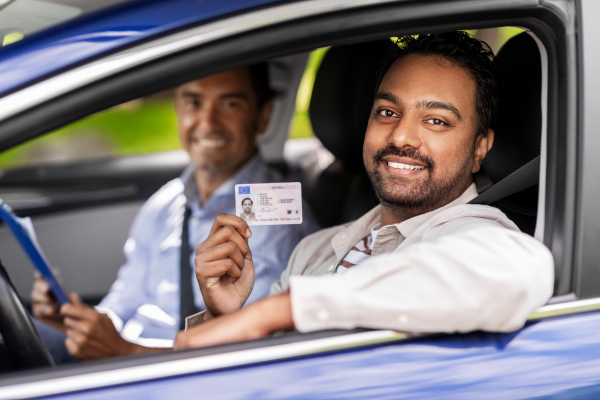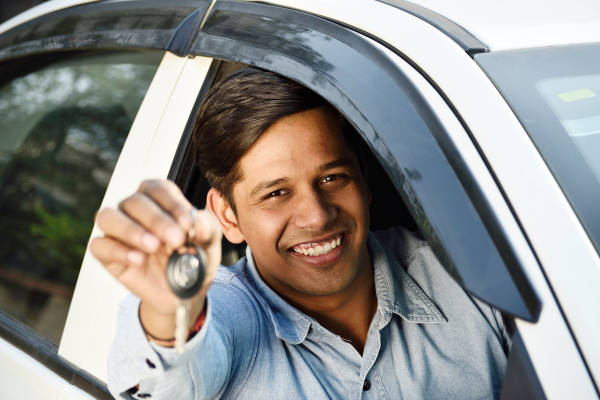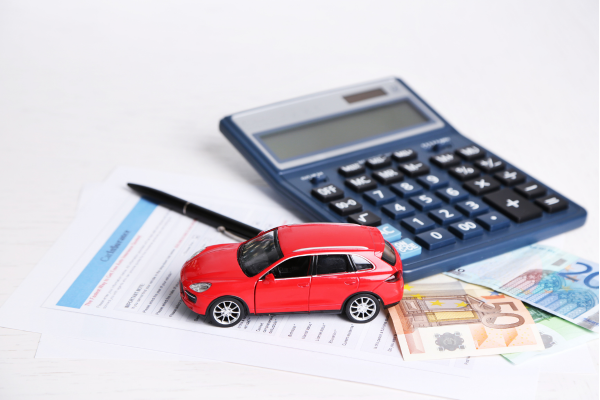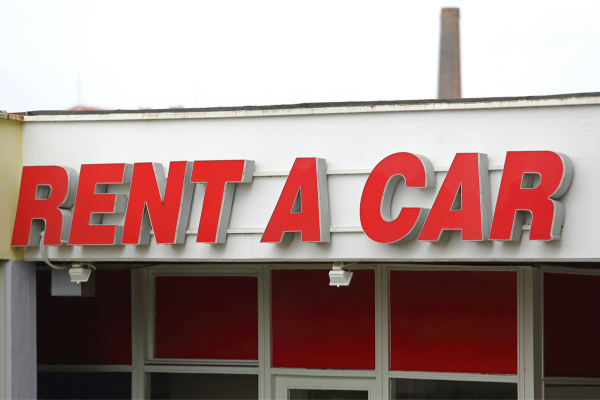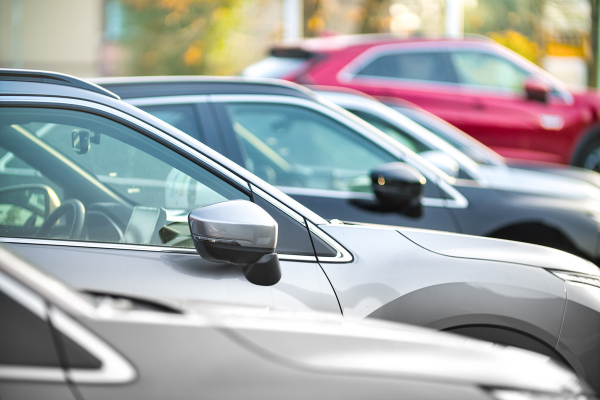Mobility – Car and Public Transport in Germany

Germany offers a diverse range of mobility options, making it easy to navigate the country whether you rely on public transport, rent or buy a car, or lease a vehicle. This comprehensive guide will introduce you to the key aspects of mobility in Germany, with detailed posts on public transport, car rental, buying and leasing vehicles, and the essentials of driving licenses and car insurance.
Overview of Mobility Options in Germany
Germany’s mobility landscape is highly developed and includes a range of options, from public transport to private car ownership, and even eco-friendly alternatives like cycling and car-sharing services. The country’s infrastructure supports seamless integration between different modes of transport, allowing residents and visitors to choose the best option for their needs.
- Public Transport: Germany boasts an extensive and efficient public transport network, including buses, trams, subways (U-Bahn), suburban trains (S-Bahn), and regional trains. This system is particularly well-developed in major cities like Berlin, Munich, and Frankfurt, offering a reliable and cost-effective way to travel.
- Private Car Ownership: Owning a car provides flexibility, especially for those living in rural areas where public transport may be less frequent. However, car ownership comes with costs such as maintenance, insurance, and fuel, as well as environmental considerations.
- Car Sharing and Ride-Hailing: Services like ShareNow, Sixt Share, and Uber offer flexible mobility options without the commitment of owning a car. These services are particularly popular in urban areas where parking can be challenging.
- Cycling: Many German cities are bike-friendly, with dedicated lanes and bike-sharing programs. Cycling is not only an eco-friendly option but also a healthy way to navigate shorter distances.
- Walking: In urban areas, walking is often the most convenient option, especially for short distances. Many cities have pedestrian zones and well-maintained sidewalks.
Cost-Effectiveness and Environmental Impact of Each Option
- Public Transport: Public transport is generally the most cost-effective and environmentally friendly option, particularly if you opt for monthly or yearly passes. The Deutschlandticket, introduced in 2023, offers unlimited travel across local and regional transport for €49 per month, making it an affordable choice for frequent travelers.
- Private Car Ownership: While owning a car offers maximum flexibility, it is the most expensive and environmentally impactful option. Costs include vehicle depreciation, insurance, fuel, and maintenance. Additionally, cars contribute significantly to urban congestion and pollution.
- Car Sharing and Ride-Hailing: These services are more cost-effective than owning a car if you drive infrequently. They also reduce the environmental impact by decreasing the number of vehicles on the road.
- Cycling: Cycling has minimal costs associated with it and is one of the most environmentally friendly modes of transport. It’s also supported by many German cities that provide bike lanes and public bike-sharing services.
- Walking: Walking is cost-free and has no environmental impact, making it the best option for both health and the environment when traveling short distances.
Flexibility and Convenience Considerations
- Public Transport: Public transport offers extensive coverage and is convenient for most daily commutes, particularly in cities. However, it may be less flexible in rural areas or during late-night hours.
- Private Car Ownership: Owning a car provides unparalleled flexibility, allowing you to travel anytime and anywhere. However, it requires dealing with parking, traffic, and higher costs.
- Car Sharing and Ride-Hailing: These options offer a balance between flexibility and cost, providing access to a car when needed without the long-term commitment. They are particularly useful in cities where parking is difficult.
- Cycling: Cycling is convenient for short trips and can be faster than driving in congested urban areas. However, it’s less suitable for long distances or in poor weather conditions.
- Walking: Walking is the most convenient for very short distances and in city centers where traffic and parking can be problematic. However, it’s not practical for longer commutes.
How to Decide Which Option is Best for You
Choosing the right mobility option depends on several factors:
- Distance: For short distances, walking or cycling might be the best options. For longer distances, especially between cities, public transport or car-sharing services are more appropriate.
- Cost: Consider your budget. Public transport and cycling are typically the most cost-effective, while car ownership is the most expensive.
- Environmental Impact: If minimizing your carbon footprint is a priority, public transport, cycling, and walking are the best choices.
- Flexibility: If you need maximum flexibility, particularly in areas with less frequent public transport, owning a car or using car-sharing services might be necessary.
- Convenience: For daily commuting in urban areas, public transport is usually the most convenient, especially with options like the Deutschlandticket.
Tips for Combining Public and Private Transport Effectively
- Multi-Modal Travel: Combine public transport with cycling or walking to cover the first and last mile of your journey. Many train stations and bus stops have bike racks or nearby bike-sharing stations.
- Car Sharing for Flexibility: Use car-sharing services for trips that require a car, such as shopping or visiting remote areas. This can complement your regular use of public transport.
- Public Transport Apps: Use apps like DB Navigator or local city transport apps to plan your journey, check schedules, and purchase tickets, making it easier to switch between different modes of transport.
- Parking Considerations: If you own a car but primarily use public transport, consider parking options at park-and-ride facilities. This allows you to drive to a station and take public transport for the remainder of your journey.
- Flexibility with Tickets: Consider flexible ticket options like the Deutschlandticket, which allows unlimited travel across regional public transport, making it easier to switch between different modes without worrying about extra costs.
Public Transport vs. Private Transport
Comparison of the Pros and Cons of Public Transport and Private Car Ownership
- Public Transport:
- Pros: Cost-effective, environmentally friendly, no need to worry about parking or maintenance.
- Cons: Less flexible, can be crowded during peak hours, may have limited availability in rural areas.
- Private Car Ownership:
- Pros: Offers maximum flexibility and convenience, particularly for those living in rural areas or needing to travel outside public transport hours.
- Cons: High costs, environmental impact, and the hassle of parking, particularly in cities.
Importance of Understanding Public Transport and Vehicle Options
Understanding the full range of transport options available in Germany helps you make better decisions based on your lifestyle, budget, and environmental concerns. Whether you rely primarily on public transport or choose to own a car, being informed allows you to optimize your mobility.
How Mobility Impacts Daily Life and Work for Residents
Mobility options significantly affect daily life and work, especially in urban areas where public transport is the backbone of commuting. Efficient transport options contribute to higher productivity, lower stress levels, and better work-life balance.
Brief Overview of the Deutschlandticket
The Deutschlandticket, introduced in 2023, offers unlimited travel across local and regional public transport in Germany for a flat fee of €49 per month. It has become a popular choice for commuters and frequent travelers, providing a cost-effective way to navigate the country.
Introduction to Car Ownership, Leasing, and Driving Regulations
Germany has a well-established system for car ownership and leasing, supported by stringent driving regulations. Whether buying or leasing, it’s important to understand the associated costs, including insurance, maintenance, and taxes. Additionally, driving regulations, such as those governing speed limits and environmental zones, must be adhered to, ensuring a smooth driving experience.
Disclaimer:
The information provided in this blog post is for general informational purposes only and does not constitute tax, legal, or financial advice. While we strive to ensure the accuracy and timeliness of the information, tax laws are complex and subject to change. We recommend consulting with a certified tax advisor for advice tailored to your individual circumstances. In terms of financial consultation, we collaborate with German Sherpa Financial Solutions, specializing in services for Expats in Germany. Please note that this content does not serve as tax consulting.
Getting a German Driving License: Step-by-Step Checklist
Getting a German Driving License: Step-by-Step Checklist Obtaining a German driving license, especially if you’re…
Buying a Used Car in Germany: What You Need to Know
Buying a Used Car in Germany: What You Need to Know Buying a used car…
Car Insurance in Germany: Understanding Pricing and Options
Car Insurance in Germany: Understanding Pricing and Options Car insurance (Kfz-Versicherung) is mandatory in Germany,…
Public Transport in Germany: Deutschlandticket, Punctuality Issues, and Tips for Getting Around
Public Transport in Germany: Deutschlandticket, Punctuality Issues, and Tips for Getting Around Outline: Overview of…
Renting a Car in Germany: What You Need to Know
Renting a Car in Germany: What You Need to Know Renting a car in Germany…
Buying and Leasing a Car in Germany: A Guide for Expats
Buying and Leasing a Car in Germany: A Guide for Expats Navigating the car market…
Company Cars in Germany: Understanding the Perks and Tax Implications
Company Cars in Germany: Understanding the Perks and Tax Implications In Germany, company cars (Dienstwagen)…

